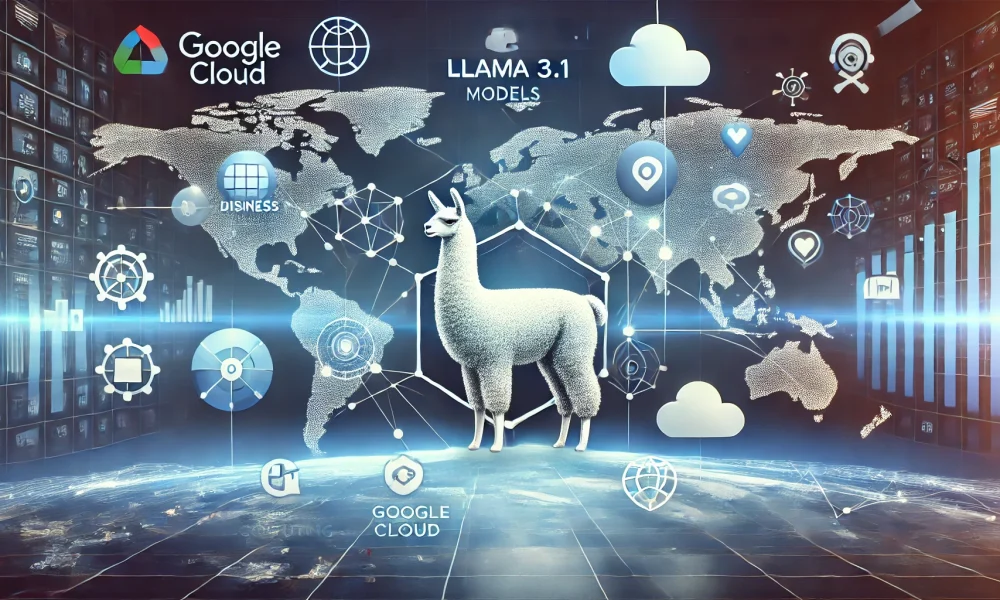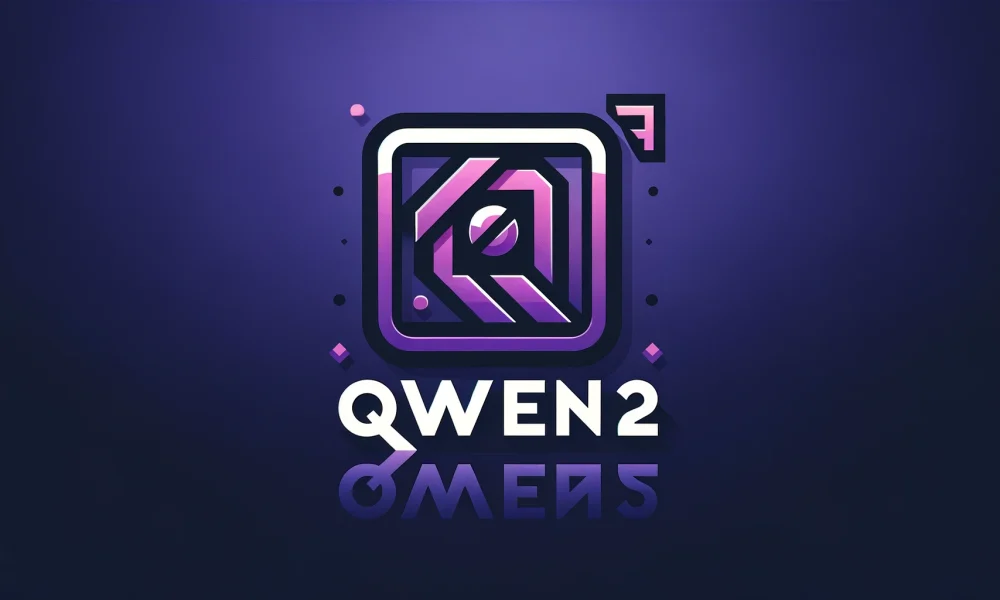Open-Source AI: The Resurgence and Impact of Llama 4
Llama 4: Challenging the Giants with Open-Source Models
Llama 4 Features: Scout and Maverick Leading the Open AI Movement
Meta’s Strategic Move: Open-Weight AI and Its Implications
Developers, Enterprises, and the Future of AI: The Influence of Open Models
In recent years, the landscape of AI has shifted from open collaboration to proprietary systems. Companies like OpenAI, Google, and Anthropic have embraced closed models, citing safety and business interests. However, there is a resurgence of open-source AI, with Meta’s release of Llama 4 models leading the charge.
Meta’s Llama 4 is positioned as an open-weight alternative to closed models like GPT-4o, Claude, and Gemini. With Scout and Maverick variants boasting impressive technical specs, such as MoE models with billions of active parameters, Llama 4 delivers top-tier performance.
One of the standout features of Llama 4 Scout is its industry-leading 10 million token context window, allowing for efficient processing of massive documents. On the other hand, Maverick excels in reasoning, coding, and vision tasks, with plans for an even larger model on the horizon.
What sets Llama 4 apart is its availability for download and use, under the Llama 4 Community License, allowing developers and enterprises to fine-tune and deploy the models as needed. This move towards openness marks a shift in the AI landscape, with Meta leading the way in democratizing AI access.
As developers and enterprises explore the potential of open models like Llama 4, it opens up new opportunities for innovation and autonomy, while also raising questions about accessibility and security. The evolving value of openness in AI signifies a new era where the benefits of AI are not limited to a select few, but are accessible to all through open-source collaboration.
-
What is Meta’s Llama 4?
Meta’s Llama 4 is an open-source AI tool developed by Meta that offers more advanced features and capabilities compared to its predecessors. -
How is Meta’s Llama 4 different from other AI tools?
Meta’s Llama 4 stands out from other AI tools due to its open-source nature, allowing users to customize and improve the tool to suit their specific needs. It also offers advanced features such as natural language processing and machine learning algorithms. -
Can Meta’s Llama 4 be used for commercial purposes?
Yes, Meta’s Llama 4 is open-source, meaning it can be freely used for commercial purposes without any licensing fees. However, users are encouraged to contribute to the open-source community and share any improvements they make to the tool. -
What type of projects can Meta’s Llama 4 be used for?
Meta’s Llama 4 can be used for a wide range of projects, including natural language processing, sentiment analysis, chatbots, and recommendation systems. Its versatility and advanced features make it a valuable tool for various AI applications. - How can I get started with Meta’s Llama 4?
To get started with Meta’s Llama 4, you can visit the Meta GitHub repository to download the latest version of the tool. The repository also includes documentation and tutorials to help you understand and utilize the tool’s features effectively.










